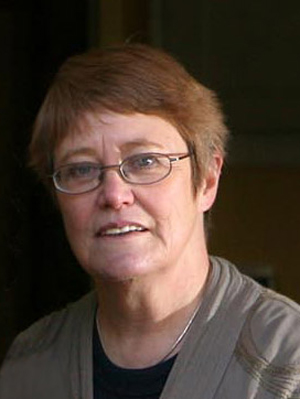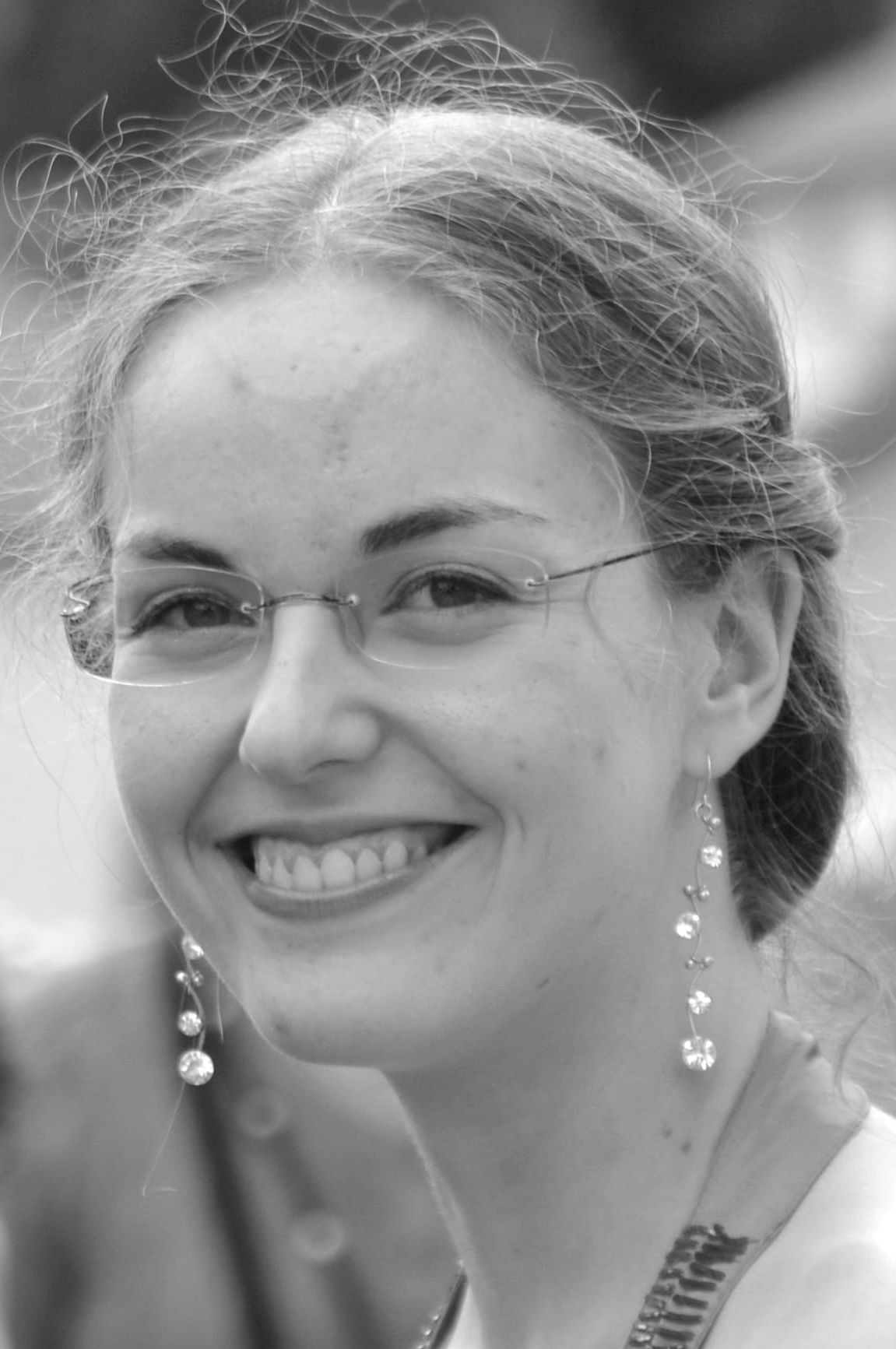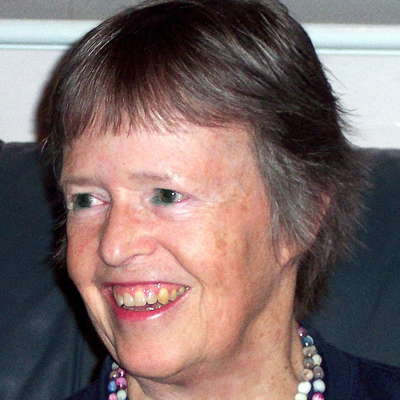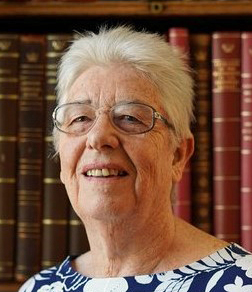Theatre dance’s response to increased urbanisation in the late C19th
(Jane Pritchard)
The presentation, illustrated by a power point, will look at how theatre dance in Western Europe became dominated by large-scale spectacular productions aimed at new, large, urban audiences in the latter part of the C19th. These ballets provide a contrast to the Romantic ballets of the earlier part of the century. They include Italian ballo-grande such as Excelsior restaged internationally, and productions referred to as music-hall ballets. These new ballets were performed for long runs of up to a year in one venue and presented in newly-built theatres designed to house spectacles. Those included in the discussion are the Alhambra the home of ballet in London from 1865, the Eden-théâtre in Paris (1883-1895), and the Bourse in Brussels inspired by the Alhambra and Eden. The presentation will consider how the new ballets reflected both the modern world and provided escape from contemporary society; how ballets became a means of mass communication and how productions transferred from one metropolis to another.
Jane Pritchard, London, United Kingdom
 Jane Pritchard is curator of dance for the Victoria and Albert Museum, London. She co-curated Diaghilev and the Golden Age of the Ballets Russes, 1909–1929 and edited the accompanying book. She was previously archivist for Rambert Dance Company and English National Ballet. She has curated many exhibitions and displays, made radio programmes, curated seasons of dance films and contributes to numerous publications including the Oxford Dictionary of National Biography and The Annual Register. She was the author of Anna Pavlova Twentieth Century Ballerina. She has been a recipient of a Churchill Travel Fellowship and the Anthony Denning Research Award. Her primary research interest is in late Nineteenth Century ballet. She was awarded an MBE for services to the arts in the 2014 New Year’s Honours.
Jane Pritchard is curator of dance for the Victoria and Albert Museum, London. She co-curated Diaghilev and the Golden Age of the Ballets Russes, 1909–1929 and edited the accompanying book. She was previously archivist for Rambert Dance Company and English National Ballet. She has curated many exhibitions and displays, made radio programmes, curated seasons of dance films and contributes to numerous publications including the Oxford Dictionary of National Biography and The Annual Register. She was the author of Anna Pavlova Twentieth Century Ballerina. She has been a recipient of a Churchill Travel Fellowship and the Anthony Denning Research Award. Her primary research interest is in late Nineteenth Century ballet. She was awarded an MBE for services to the arts in the 2014 New Year’s Honours.

 Giles Bennett, Historiker, wissenschaftlicher Mitarbeiter am Zentrum für Holocaust-Studien am Institut für Zeitgeschichte München, Tänzer im Ensemble "La Danza München" (Leitung: Jadwiga Nowaczek -
Giles Bennett, Historiker, wissenschaftlicher Mitarbeiter am Zentrum für Holocaust-Studien am Institut für Zeitgeschichte München, Tänzer im Ensemble "La Danza München" (Leitung: Jadwiga Nowaczek -  In 2009, Béatrice Pfister was admitted to the École Normale Supérieure (ENS) in Paris in the humanities. She obtained her Master’s degree in French literature in 2012. From 2013 to 2021, she held various teaching and research positions at French universities, including Sorbonne Nouvelle, Aix-Marseille, Versailles-Saint-Quentin, and Lille. Her teaching areas included world literature and French literature for literature students, as well as theatre history for students in the performing arts. In 2020, she defended her PhD in Comparative Literature at Sorbonne Nouvelle University in Paris under the supervision of Françoise Lavocat. Her dissertation, titled “Dance trying to conquer the status of art: apology and theory of ballet in French and Italian texts from the end of the 16th century to the end of the 18th century”, explored how dance in French and Italian writings from the late 16th to the late 18th century sought to establish itself as an art form.
In 2009, Béatrice Pfister was admitted to the École Normale Supérieure (ENS) in Paris in the humanities. She obtained her Master’s degree in French literature in 2012. From 2013 to 2021, she held various teaching and research positions at French universities, including Sorbonne Nouvelle, Aix-Marseille, Versailles-Saint-Quentin, and Lille. Her teaching areas included world literature and French literature for literature students, as well as theatre history for students in the performing arts. In 2020, she defended her PhD in Comparative Literature at Sorbonne Nouvelle University in Paris under the supervision of Françoise Lavocat. Her dissertation, titled “Dance trying to conquer the status of art: apology and theory of ballet in French and Italian texts from the end of the 16th century to the end of the 18th century”, explored how dance in French and Italian writings from the late 16th to the late 18th century sought to establish itself as an art form. Carol G. Marsh is a Professor Emerita at the University of North Carolina Greensboro, where she taught music and dance history for 28 years. She received her Ph.D. in musicology from The City University of New York in 1985 with a dissertation on early 18th-century French court dance in England. Her publications include La Danse Noble (with Meredith Little) and Musical Theatre at the Court of Louis XIV: ‘Le Mariage de la Grosse Cathos’ (with Rebecca Harris-Warrick). She has contributed articles and reviews to New Grove, Dance Chronicle, Dance Research Journal, and other publications.
Carol G. Marsh is a Professor Emerita at the University of North Carolina Greensboro, where she taught music and dance history for 28 years. She received her Ph.D. in musicology from The City University of New York in 1985 with a dissertation on early 18th-century French court dance in England. Her publications include La Danse Noble (with Meredith Little) and Musical Theatre at the Court of Louis XIV: ‘Le Mariage de la Grosse Cathos’ (with Rebecca Harris-Warrick). She has contributed articles and reviews to New Grove, Dance Chronicle, Dance Research Journal, and other publications. Anne Daye is a teacher, researcher and writer on historical dance, primarily of social and theatre dance of England within the European Renaissance. Her doctoral thesis 2008 broke new ground by discussing the performance and dance of the Jacobean masque. Investigating the vernacular forms of British dances is central to her studies: morris, country dance, reels, jigs, hornpipes. Anne publishes widely, most recently an article on Shakespeare’s use of masque for The Oxford Handbook of Shakespeare and the Dance 2019 and on court dancing for Performances at Court in the Age of Shakespeare for Cambridge University Press 2019. She also reconstructs dances from the original sources, publishing dance instruction books with extensive contextual notes accompanied by recorded music for HDS. Recent ones are Dances of the French Courts: 16th century Dance, Music and Song from France, A New Collection of Dances for Jane Austen and Dances for Queen Victoria: Music and instructions for country dances, quadrilles, polka, schottische and reels by Joseph Lowe,dancing master to the royal family
Anne Daye is a teacher, researcher and writer on historical dance, primarily of social and theatre dance of England within the European Renaissance. Her doctoral thesis 2008 broke new ground by discussing the performance and dance of the Jacobean masque. Investigating the vernacular forms of British dances is central to her studies: morris, country dance, reels, jigs, hornpipes. Anne publishes widely, most recently an article on Shakespeare’s use of masque for The Oxford Handbook of Shakespeare and the Dance 2019 and on court dancing for Performances at Court in the Age of Shakespeare for Cambridge University Press 2019. She also reconstructs dances from the original sources, publishing dance instruction books with extensive contextual notes accompanied by recorded music for HDS. Recent ones are Dances of the French Courts: 16th century Dance, Music and Song from France, A New Collection of Dances for Jane Austen and Dances for Queen Victoria: Music and instructions for country dances, quadrilles, polka, schottische and reels by Joseph Lowe,dancing master to the royal family